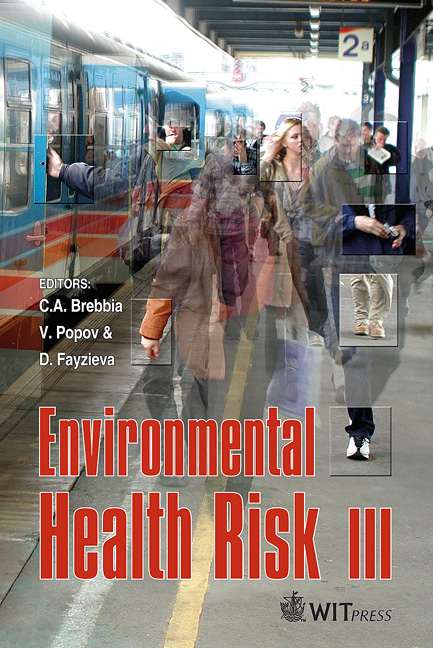Accessibility And Urban Environment Sustainability In Sydney (1991–2001)
Price
Free (open access)
Transaction
Volume
9
Pages
10
Published
2005
Size
451 kb
Paper DOI
10.2495/EHR050471
Copyright
WIT Press
Author(s)
M. R. Rahnama & A. Lyth
Abstract
One of the most important issues for enhancing environmental quality, especially in the urban environment, is developing accessibility versus mobility. With regard to this, we calculated the accessibility indicator by a zonal opportunity gravity model (employed person) for 38 local government areas (zones) with GIS tools, and, in addition, the changes in accessibility measured during 1991– 2001. In addition, the relationship between the accessibility index and six sub socio-eco-physical factors was calculated by multiple regressing. The result yielded from a map of accessibility changes shows that two scenarios had taken place simultaneously. One is a high positive change of accessibility value both in the central core, mostly strap pattern (concentration) and sub-urban areas (decentralization), the other is the low positive or negative change of accessibility value in the middle rings of Sydney. The results achieved by calculating the relationship between the accessibility index and the socioeconomic variables show that zones that have low car usage to work have high accessibility value. In contrast, zones with low weekly income families, far from the city center, with a high percentage of car usage to work have a low accessibility value. Keywords: accessibility, Local Government boundaries, urban environment, sustainability. 1 Introduction Accessibility has been argued about for over half of century, especially from the publication of the Hansen quantity method about accessibility (Hansen, [17]). The predominance of extensive sub-urbanization after World War II (1939-45)
Keywords
accessibility, Local Government boundaries, urban environment, sustainability.





